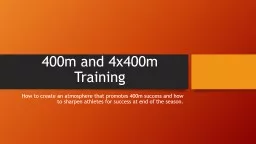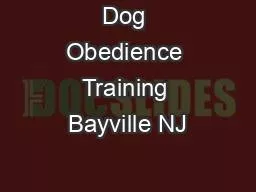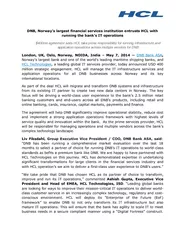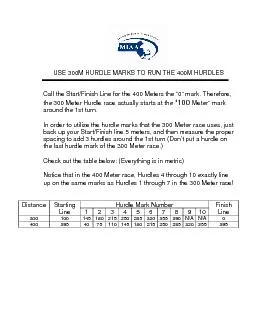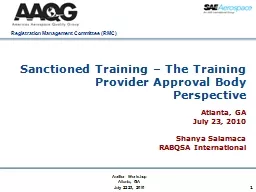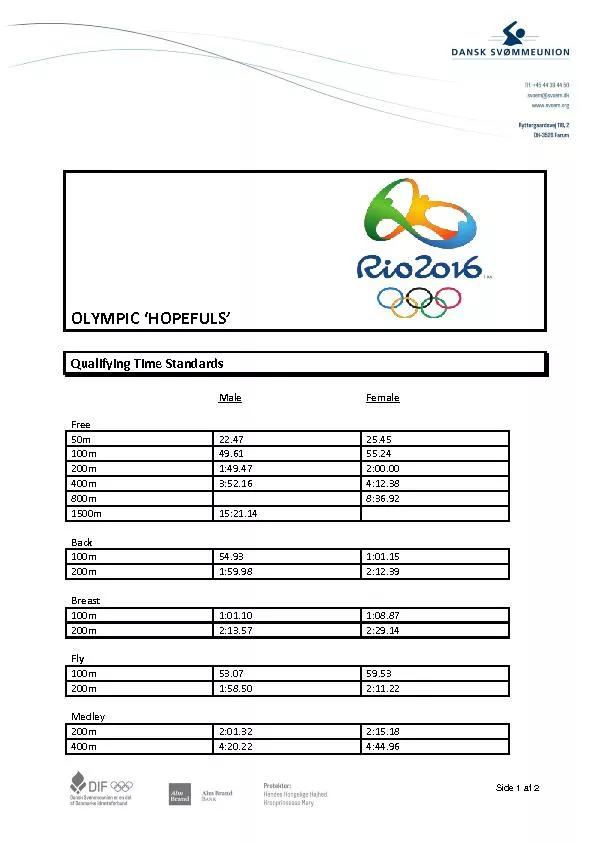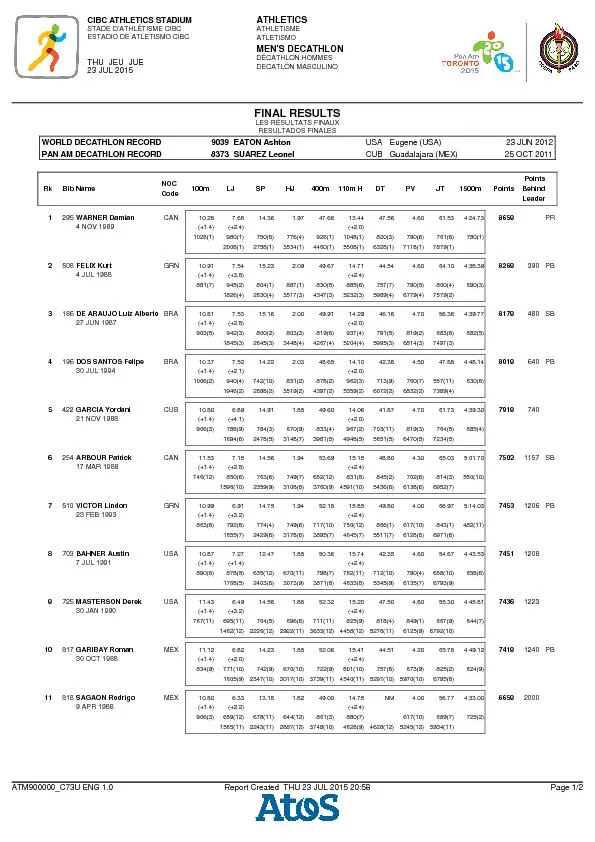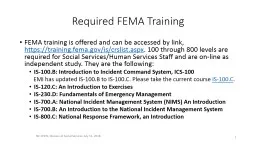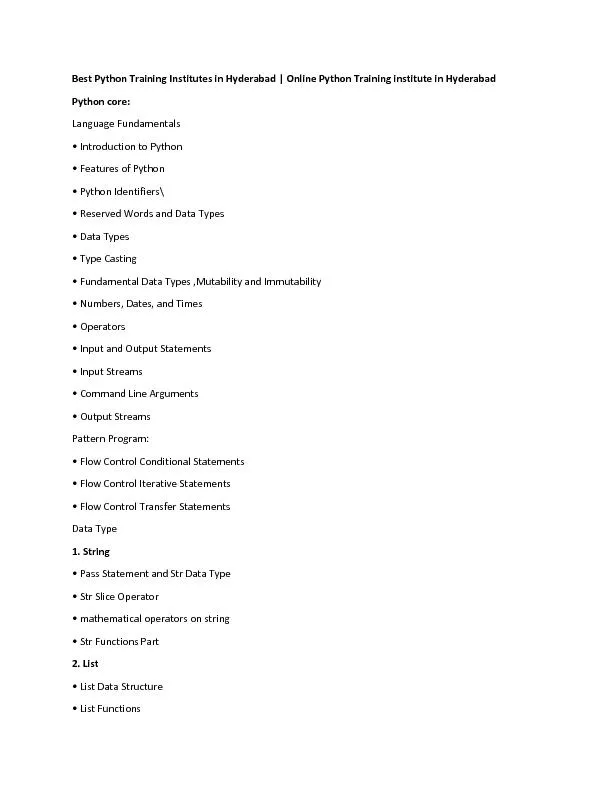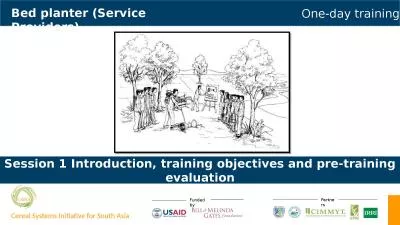PPT-400m and 4x400m Training
Author : marina-yarberry | Published Date : 2018-11-02
How to create an atmosphere that promotes 400m success and how to sharpen athletes for success at end of the season Why were here I HAD TO DIG FOR ITGO TO THAT
Presentation Embed Code
Download Presentation
Download Presentation The PPT/PDF document "400m and 4x400m Training" is the property of its rightful owner. Permission is granted to download and print the materials on this website for personal, non-commercial use only, and to display it on your personal computer provided you do not modify the materials and that you retain all copyright notices contained in the materials. By downloading content from our website, you accept the terms of this agreement.
400m and 4x400m Training: Transcript
Download Rules Of Document
"400m and 4x400m Training"The content belongs to its owner. You may download and print it for personal use, without modification, and keep all copyright notices. By downloading, you agree to these terms.
Related Documents

